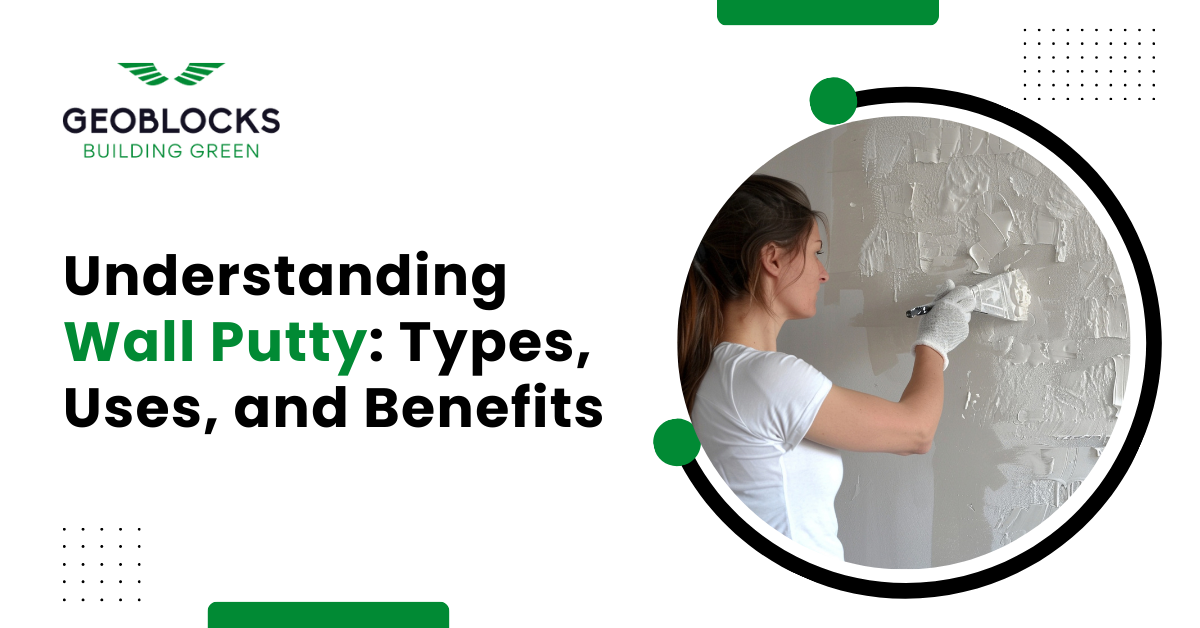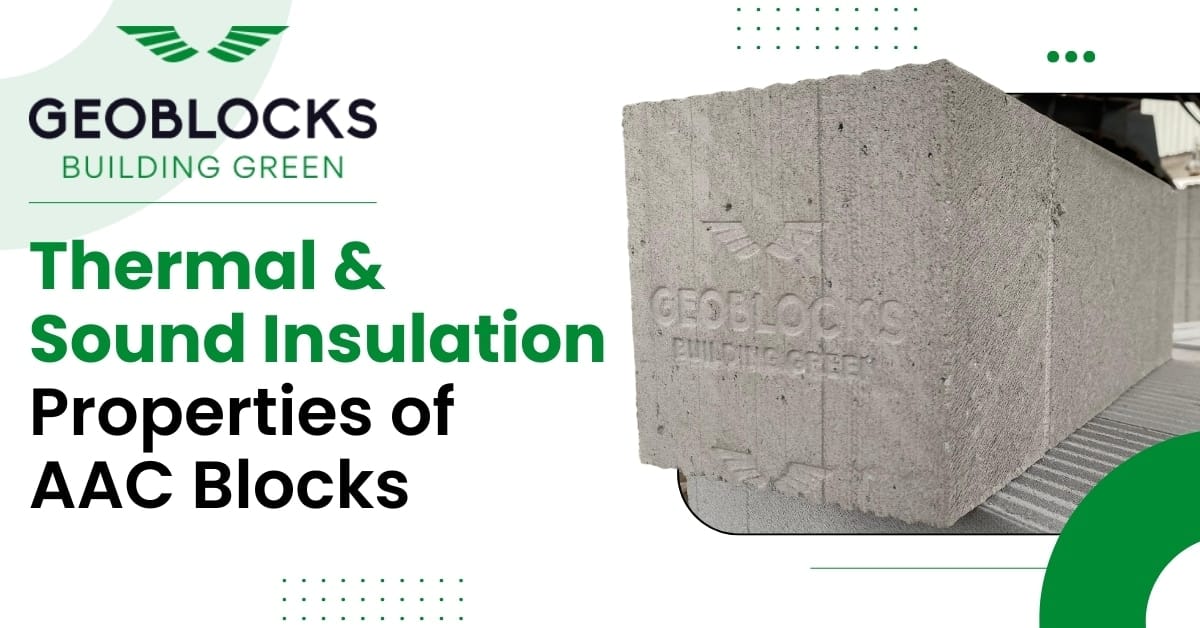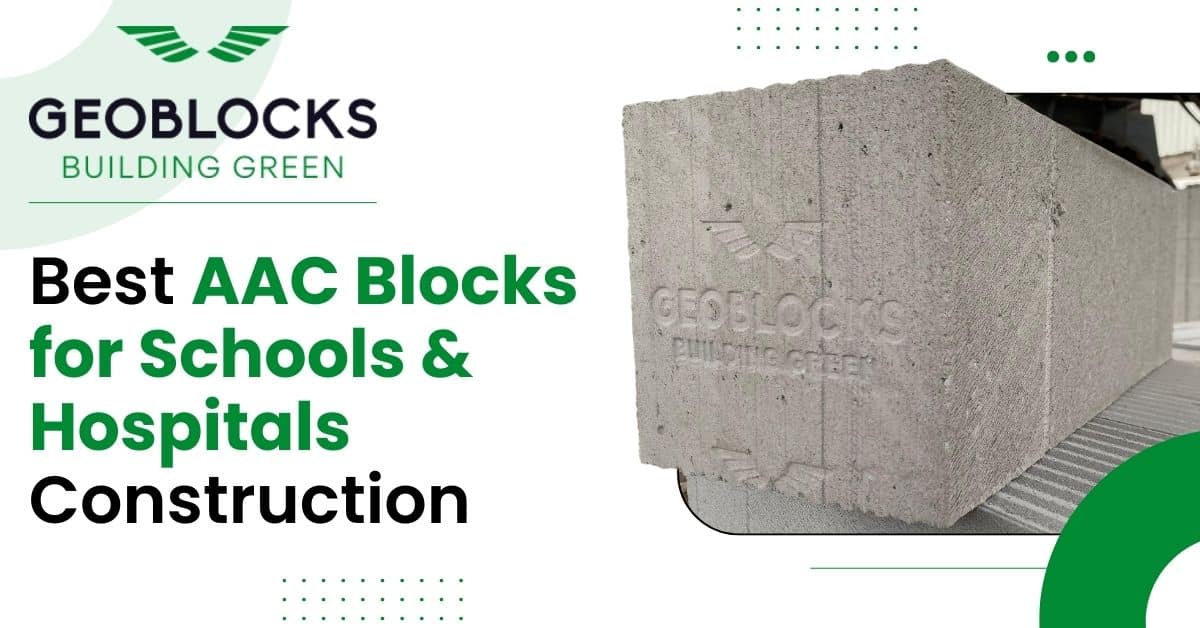In today’s world of smart construction and sustainable living, insulation plays a crucial role in…

Wall Putty plays a crucial role in the Construction and Renovation Industry, offering a smooth and flawless finish to walls before painting. Whether you’re a homeowner embarking on a DIY Project or a Professional Contractor, knowing the Different Types, Uses, and Benefits of Wall Putty can make a significant difference in Achieving Superior Results. In this comprehensive guide, we’ll delve into everything you need to know about Wall Putty, including its various types, practical applications, and the advantages it offers.
What is Wall Putty?
Wall Putty is a versatile material used to prepare Walls and Ceilings for Painting. It acts as a Base Coat that smoothens Surfaces, fills in imperfections like Cracks and Dents, and ensures an even application of Paint. This preparatory step not only enhances the Aesthetic Appeal of Walls but also improves the Durability of the Paint Job.
Types of Wall Putty
White Cement-Based Putty
White Cement-Based Putty is a popular choice for both Interior and Exterior Surfaces. It provides a Smooth, Glossy Finish and Excellent Adhesion to Surfaces, making it ideal for priming before Painting.
Acrylic Wall Putty
Acrylic Wall Putty is known for its Flexibility and Fast-drying Properties. It is suitable for Interior Walls, Easy to Apply, and offers a Durable Finish that resists Cracking Over Time.
Gypsum-Based Putty
Gypsum-Based Putty is preferred for its Quick-drying Nature and Superior Finish on Interior Walls and Ceilings. It is effective in leveling uneven surfaces and providing a smooth base for paints.
Uses of Wall Putty
Wall Putty serves several Essential Purposes in Construction and Renovation Projects:
Surface Preparation: It prepares the wall surface by filling Cracks, Holes, and Minor Imperfections, ensuring a Smooth Canvas for Painting.
Enhancing Paint Adhesion: By Creating a Uniform Surface, Wall Putty improves the Adhesion of Paint, preventing it from Peeling or Flaking over Time.
Durability: It enhances the Durability of the Paint Job, making it Resistant to Moisture and Weathering, thus extending the Life of the Painted Surface.
Aesthetic Appeal: A well-applied layer of Wall Putty results in a Polished, Professional Finish that enhances the Overall Look of the Interior or Exterior Space.
Benefits of Wall Putty
Using Wall Putty offers Numerous Benefits:
Smooth Finish: Achieve a Seamless, Polished Finish on Walls that enhances the Visual Appeal of any Space.
Long-lasting Paint: Enhances the Longevity of Paint by providing a Stable Base that prevents Premature Wear and Tear.
Cost-effectiveness: Reduces the need for Multiple Coats of Paint, Saving Time, Effort, and Money in the Long Run.
Versatility: Suitable for various Surfaces and Conditions, ensuring Consistent Results across Different Applications.
Frequently Asked Questions
How do you Apply Wall Putty?
Application Methods vary but generally involve Cleaning the Surface, Applying Putty with a Trowel, and Smoothing it Evenly.
Can wall putty be used on exterior surfaces?
Yes, certain types of Wall Putty, like White Cement-Based Putty, are suitable for Exterior Surfaces due to their Durability and Weather Resistance.
Is Wall Putty Waterproof?
While Not Entirely Waterproof, some Varieties offer Moisture-Resistant Properties, making them suitable for Areas prone to Dampness.
Conclusion
In Conclusion, Understanding the Types, Uses, and Benefits of Wall Putty is essential for Achieving Superior Paint finishes and Enhancing the Longevity of Walls. Whether you’re preparing Walls for a Fresh Coat of Paint or Renovating a Space, Choosing the Right Wall Putty can make a significant difference in the Outcome. For Reliable and High-quality Wall Putty Solutions in Vadodara, trust Geoblocks to deliver Products that Meet your Construction Needs. Explore Our Range of Wall Putty Options Today to Experience the Difference in Wall Preparation and Finishing.




